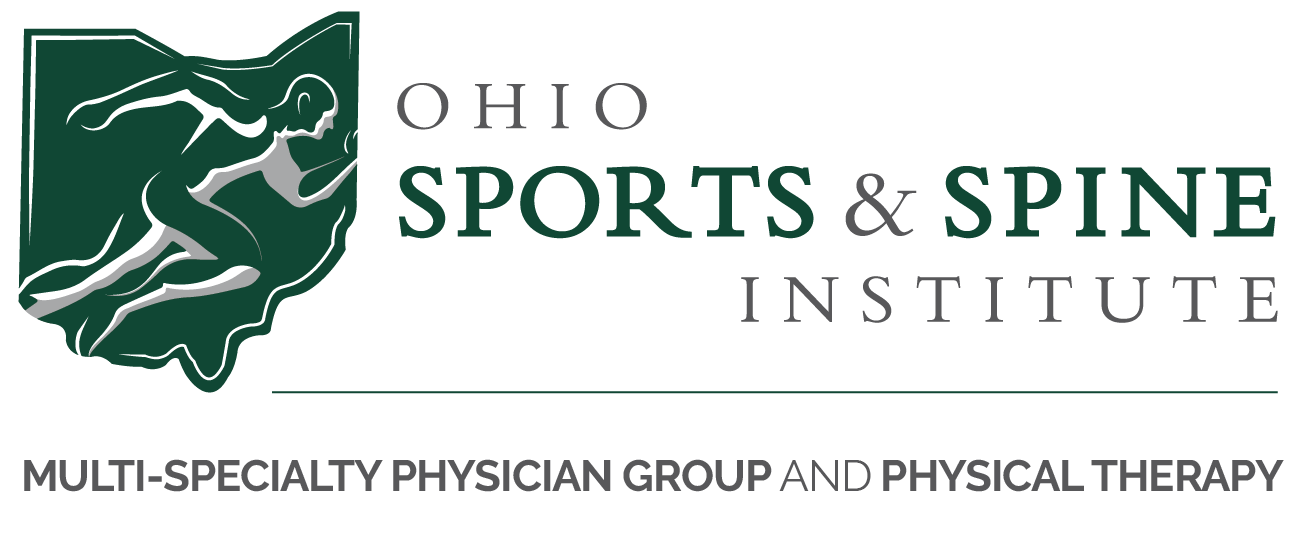Sitting all day is definitely not good for our backs, but since most of us are stuck at a desk for 8 or more hours a day, it is inevitable that we feel stiff. The reason? Staying seated for long periods of time puts a lot of stress on the spine, causing fatigue and overstretching of the ligaments. Prolonged sitting also tightens the hip flexors, which affects the pelvis and can increase the load on the lower back. Lower back pain is frequently caused by over or under-use of the muscles in the back, stomach, hips, thighs, and neck. People who work at a desk are especially prone to muscle tension that leads to muscular back pain.
In order to relieve back pain, you should establish a stretching routine. This is important both for general well-being and for exercise, since a tight back can lead to injury. Being sure to stretch your lower back can help stop back pain by relieving tired back muscles, and taking the pressure off your backbone. To avoid injury and stress, check out a few of our favorite ways to stretch the lower back after sitting all day.
#1: Hip Flexor Stretch

The Hip Flexor Stretch positions the body so that your hips are in a flexed position. This wreaks havoc on your hips flexors, which in turn causes numerous other problems up and down your body – the most noticeable being in the lower back. In most cases, the lower back is better served by building stability, so stretching just your back won’t help. Instead, focus on stretching your hip flexors as much as twice per day. Most people’s hip flexors end up incredibly right from sitting all day long. This often causes the pelvis to tilt forward, which in turn tightens the muscles of the lower back. Releasing these muscles that are causing the
#2: Half-Kneeling Windmill
As mentioned, after prolonged sitting, your hip flexors are likely to be tight. Doing a half-kneeling hip flexor stretch and some half-kneeling windmills are great exercises after extended periods of time sitting down because they’ll open up your hips while simultaneously activating your glutes.
#3: Hamstring Stretch

After sitting all day, another good lower back exercise is the hamstring stretch. Holding for 20-30 seconds for each leg can be great to relieve tension in the lower back. When the hamstrings are tight, they can pull on your hips, causing your glutes to not work as effectively and cause both your hips and low back to work harder when exercising or just doing everyday activities. Stretching the muscles below and at the hips, when seated for an extended period of time, usually will help to loosen up one’s lower back. The hamstrings are a great place to start with the hip flexors usually coming in as a close second.
#4: Glute Self-Massage
Opt for Glute Self-Massage after a long day at work instead of stretching the low back directly. Typically the low back gets tight because all the other muscles (hips flexors etc.) are pulling on it. For example, loosening up muscle knots in the glutes (butt muscles) with self-massage and stretching out the hip flexors may help relieve that lower back stiffness almost immediately.
#5: Re-Stabilize Your Spine After You Stretch
Not only stretch what is tight-feeling, but also realign and re-stabilize the spine, so that things don’t have to be tight anymore. Many people often assume that because something is tight that it needs to be stretched, which may be true and provide temporary relief, but it’s only half the battle. Stretching is a way to down-regulate a muscle, making it weaker. If a muscle feels tight and sore, it could be because that is what’s bracing to hold your spine together. If you stretch the tight muscles your spine is using for stability-albeit inefficiently-and simply carry on your merry way, you leave your back even more prone to soreness and injury. Instead of just stretching, try also adding in the “dead bug” exercise to strengthen your deep abdominal muscles. Perform as many as you can before you feel like it’s becoming too challenging to keep your spine in neutral.
Keep the following in mind when starting a stretching routine as part of a program of back exercises:
- Wear comfortable clothes that won’t bind
- Do not force the body into difficult positions!
- Move into the stretch slowly, avoid “bouncing”
- Stretch on a clean, flat surface that is large enough to move freely
- Hold stretches for 20-30 seconds to allow muscles to become loose
Please note that if you already have lower back pain, it is best to check with a physician or physical therapist to discuss whether these lower back pain exercises should be done.




